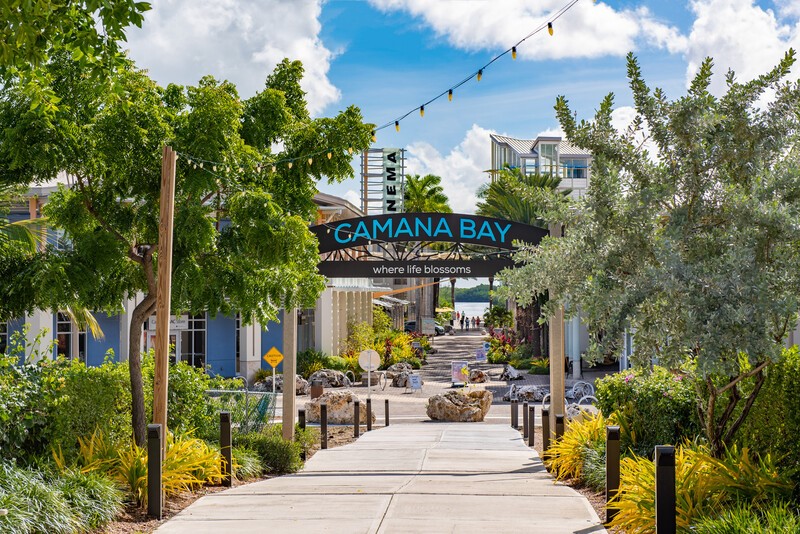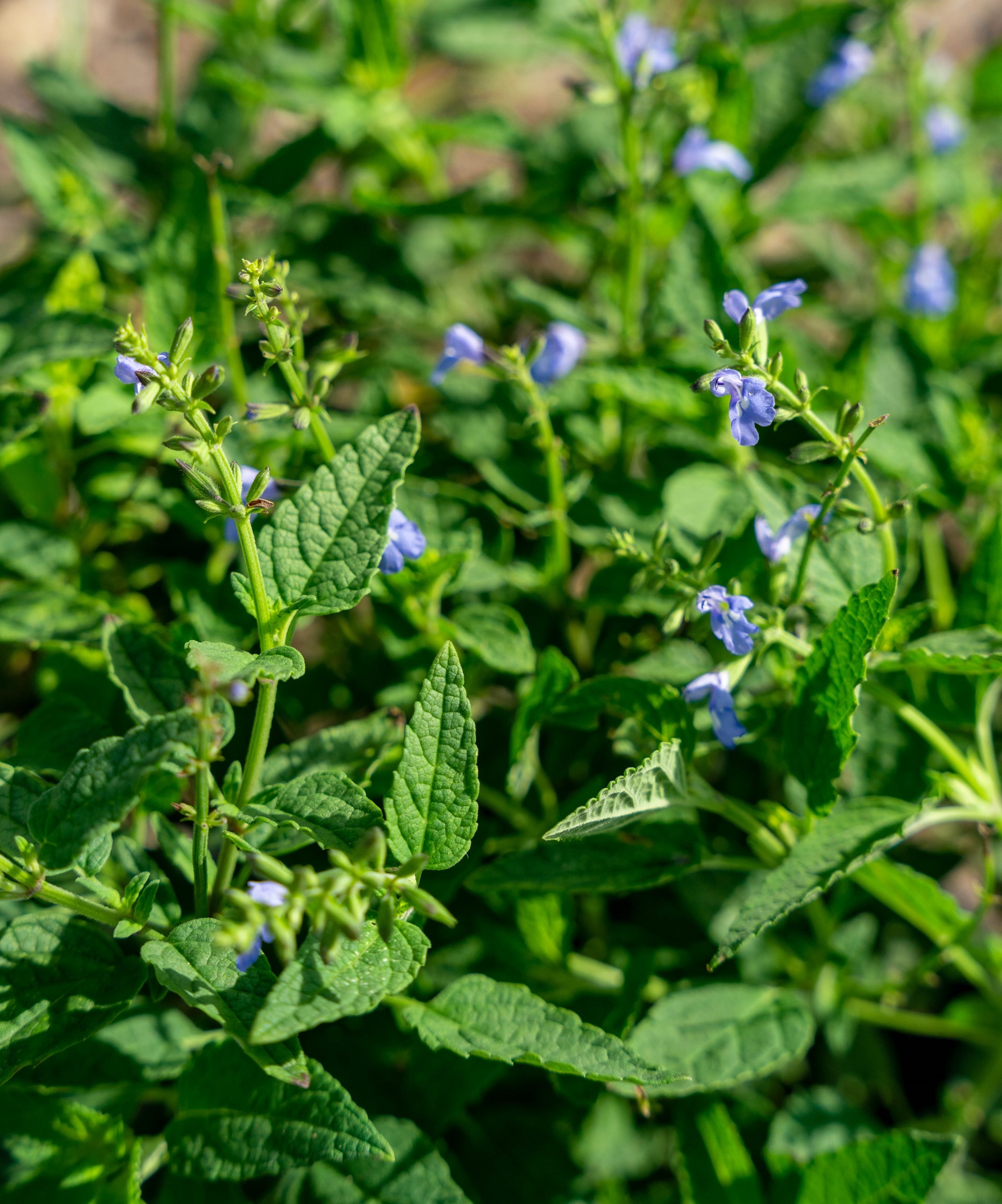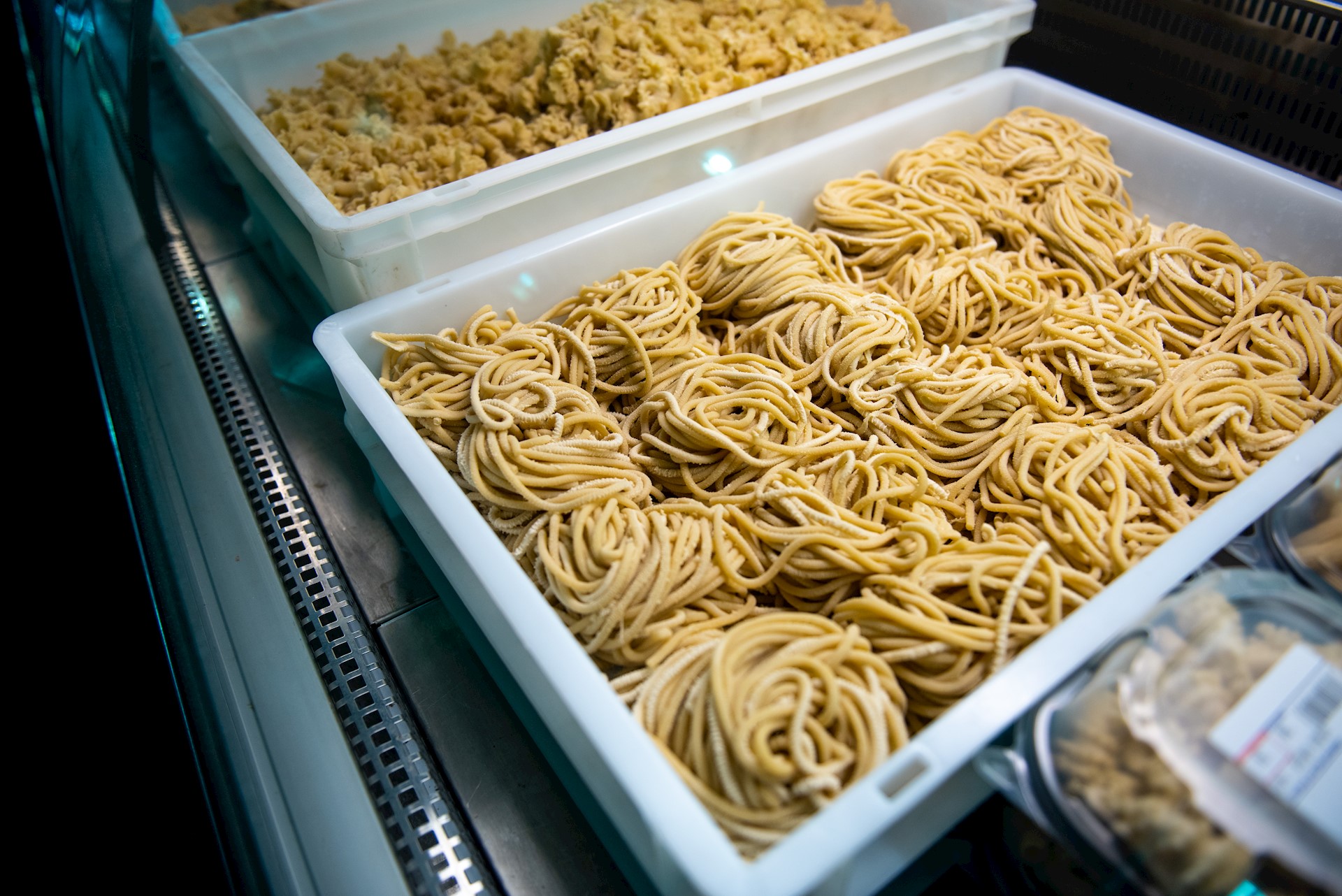
Celebrating nature is effortless when surrounded by the marvellous bounds of Camana Bay’s lush landscaping. Contributing to the success of the Camana Bay landscape are strategies and practices driving sustainable performance. In celebration of Earth Month, we unpack some of these ideas.
Earth Day on 22 April is an annual event with the purpose of raising awareness and demonstrating support initiatives towards environmental protection. First held in 1970, Earth Day has grown to a globally coordinated range of events participated in by people in more than 193 countries.
Although it includes diverse initiatives across many disciplines, the principal theme of Earth Day since its inception is environmental protection, which has gone hand in hand with the preservation of biodiversity, including flora.
From the thousands of research topics, community initiatives, technological advances, modifications to legislature and global treaties emerged practices and principles on sustainable landscaping.
The first principle in using plants to foster environmental protection is to "get growing." Growing plants assists in mitigating volumes of harmful carbon dioxide in the atmosphere. During the process of photosynthesis, plants absorb carbon dioxide from the atmosphere and convert it into sugars for fuel, producing oxygen in the process. During these metabolic processes, plants also capture carbon dioxide and store it permanently in their stems and roots. Eventually these plant parts decay and in turn enrich the soil.
Another focus of sustainable landscape practices is "going native." There are immeasurable positives when it comes to planting native species in our landscapes, and Camana Bay is a shining example of this concept put into practice.
Using native plants in landscapes can contribute to sustainability through reducing irrigation demands, reducing the need for using harmful chemicals and preserving biodiversity and habitats, to name only a few.
Camana Bay and surrounding landscapes currently host 6,584 trees and palms, of which 30% are native to the Cayman Islands. The total number of shrubs and ground covers is well more than 80,000. Among these thousands, here are a few favourites:
SEA GRAPE TREES
Camana Bay was one of the first developments in the Cayman Islands to showcase the unique characteristics of the native sea grape trees, or Coccoloba uvifera. Named for its grape-like clusters of edible fruit, this tree is conspicuous in its character. While sea grape trees can grow up to 30 feet tall, they are recognised by striking silver limbs, often gnarled, bent and sculpted by salty breezes. Sea grape trees can sometimes contain memories of past storms; they are incredibly resilient and will regularly continue growing after being uprooted by storms or rough seas. Large circular leaves create the perfect dappled shade for enjoying the breezes coming off the North Sound along Camana Bay's waterfront.
ORANGE GEIGER TREES
Folklore whispers that early adventurers described orange geiger trees — or Cordia sebestena — as the most beautiful of the West Indian trees. These small, shapely trees can grow up to 25 feet tall. Orange geiger trees flower frequently, showing off clusters of dark orange flowers. Look out for these beauties along Market Street in Camana Bay.

PINK TRUMPET TREE
Turning the corner from Market Street, Forum Lane also boasts an avenue of favourite local trees. Tabebuia heterophylla, also known as pink trumpet, is a small local tree, found locally in rocky thickets. This tree is loved for its sprays of pale pink flowers, as their presence is known to be indicative of the approaching spring rains.
SMALLER PLANTS
Some smaller, less conspicuous native species can also be found in Camana Bay. These species are planted not only for their contribution to conserving water and other resources, but also to ensure their future as a species. Conserving native species through cultivation in non-natural landscapes provides countless ecological functions that assist in preserving biodiversity.
Zamia integrifolia, or bulrush, is the only cycad native to Cayman and is considered to be "near threatened" by the International Union for Conservation of Nature and Natural Resources. Similarly, there are specimens of Cayman Sage, or Salvia caymanensis, and Agave caymanensis, locally known as maypole, and countless other native plants to be found in and around Camana Bay, including some well-known plants like gumbo limbo trees, silver thatch palms, buttonwood and royal palms. Others are lesser recognised, but equally important. Cinnamon bark trees, milkweeds, sea lavender and many others provide colour and texture, as well as fodder and habitat to various fauna in the lush marvel that is Camana Bay’s landscape.
This article was originally featured in the April 2022 print edition of Camana Bay Times.


